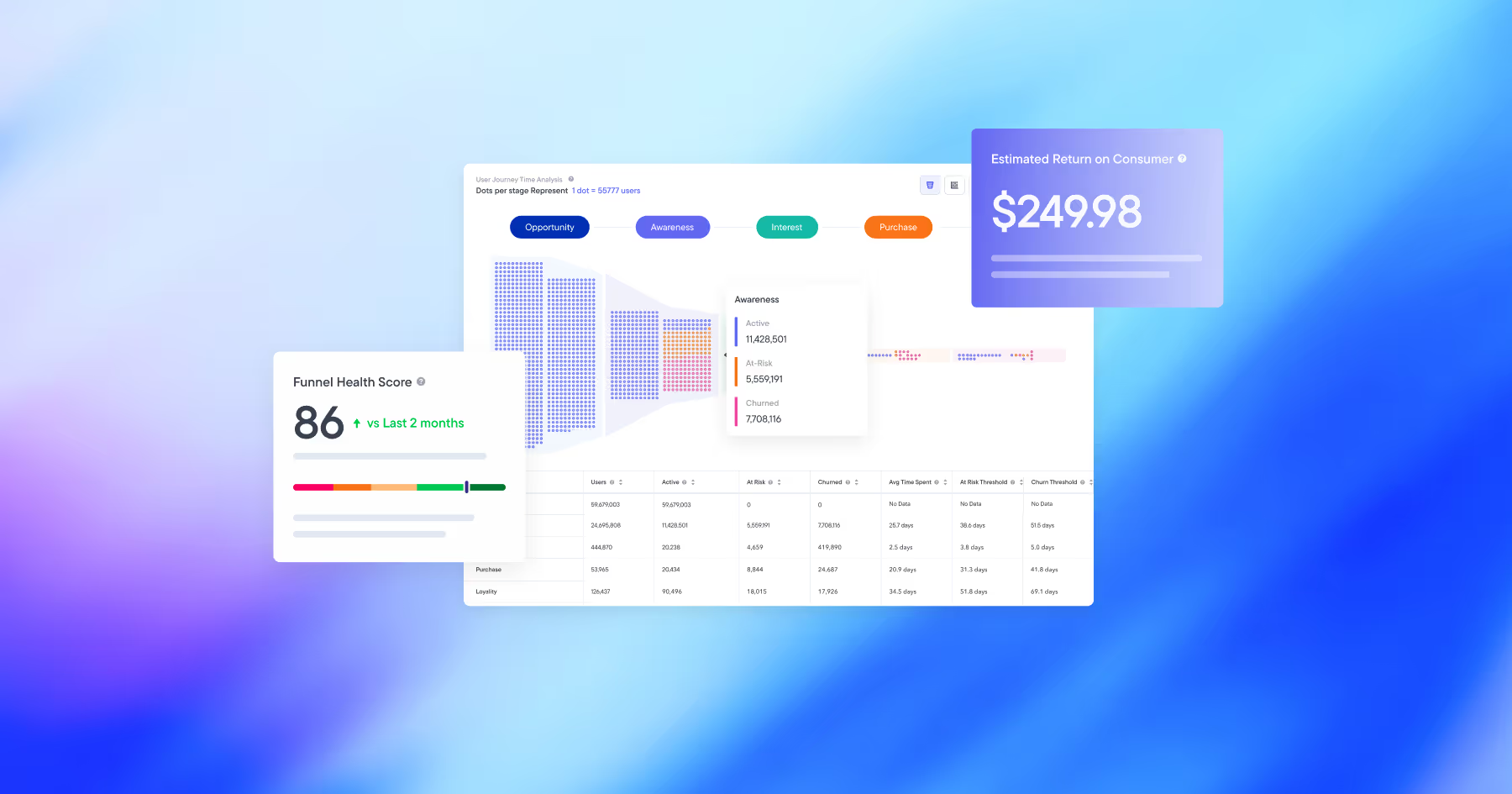
Walmart Connect recently announced the launch of Walmart in-store attribution reporting within the Advertising Center and Ads API. In this article, we run you through exactly what's happened, why enterprise brands should be taking notice, and what our first analysis suggests around the impact for advertisers in different categories.
Walmart in-store attribution is back—and better than ever
Veterans of Walmart advertising may remember having access to in-store attributed sales data, and then seeing it rolled back around 2019. Well, now Walmart has reintroduced metrics that let brands and agencies look holistically across online and in-store shopper behavior—and they've improved the logic to make it more deterministic.
Brands with products that are available within Walmart stores will now be able to measure the omnichannel impact of their online advertising tactics. The new signals now available include:
- in-store attributed sales
- in-store advertised sales
- in-store other sales
- in-store units sold
- in-store orders.
Read on for why this is so exciting, or check out my video take over on LinkedIn.

Omnichannel data for omnichannel customer journeys
In an internal Walmart survey, 81% of consumers said that they look at the Walmart app or site before going to a store to purchase. 76% said that they are likely to buy products they have seen advertised online in a physical store, and 61% said that ads they see in app help them discover new brands and products they want to try. These figures underline the omnichannel nature of the typical Walmart shopper's customer journey, which is a combination of web, app and in-store experiences.
This phenomenon isn't new and it isn't limited to Walmart. Shoppers will often look at a retailer’s app or site before heading to the store—or even while in the store—to research products online before purchasing offline. And it's not hard to understand why. The product detail page (PDP) holds significantly more information, including ratings and reviews, than the physical shelf can. And online recommendations—whether rightly or wrongly—tend to have an air of neutrality that you don't always get with an assistant earning commission on the shop floor.
While consumers have become accustomed to having endless information at their fingertips, brands have been left in the dark, with no data to help them effectively attribute in-store sales to their digital advertising efforts.
Walmart's new in-store attribution sales data changes this. In particular, brands can now link three kinds of in-store purchases to shoppers' Sponsored Product views or clicks:
- In-store attributed sale: customer purchases the same product as advertised
- In-store other sale: customer purchases another product from the same brand
- In-store advertised sale: customer purchases a product advertised within a multi-SKU campaign.
With these metrics, brands will be able to better understand the impact of their online ads on a consumer’s shopping behavior within a physical store.
In-store attributed sales increases vary by category
Though Walmart only recently announced its in-store attribution reporting, Flywheel was able to participate in a closed beta. Here are our key findings from some early data, which we gathered from January 20 to March 19 2024.
As you'd expect, if you add in-store purchases to overall campaign data, there's an increase in the volume of attribution sales. Clearly, there's a non-zero impact of Sponsored Product ads on Walmart shoppers' in-store purchases. What's more interesting is how this impact varies across categories and brands.
When we segment the data, we see a clear trend towards higher in-store attributed sales increases in categories where there is a high risk of buying the wrong product. These are products people don't buy that frequently, like car parts, home accessories, toys, or specialty grocery. These might not always be the biggest ticket items, but they're purchases you don't make very often. So when you do, you want to get them right,
A great example could be an oil filter for your car. Consumers are most likely researching online and checking to make sure their chosen product is in stock at their local Walmart before heading to the store. This increases the likelihood that these shoppers will be exposed to ads, which contributes to higher in-store attributed sales.
On the flip side, everyday purchases such as standard groceries and common household items only see minor sales boosts from the availability of in-store attributed sales data. If it's a product consumers buy regularly as part of their weekly shop, they aren’t likely to be researching it online so they won't be exposed to any relevant ads.
Exciting future for omnichannel brands
We believe that this is only the beginning when it comes to developing more holistic approaches to measuring omnichannel performance of online ads. There are nuances to every shopping journey and there is continuous room for improvement. Retailers and advertisers have a shared interest in tying consumer touchpoints together more accurately and enabling optimization based on this data.
For this reason, we expect to see advertisers' capabilities grow further, as Scintilla and Walmart Connect data converge and continue to build off each other. Omnichannel brands should already be leveraging these new metrics, but the future is even more exciting.
Ready to grow your business?
Let’s discuss the best approach to meet your brand’s specific needs.
Let's connect


